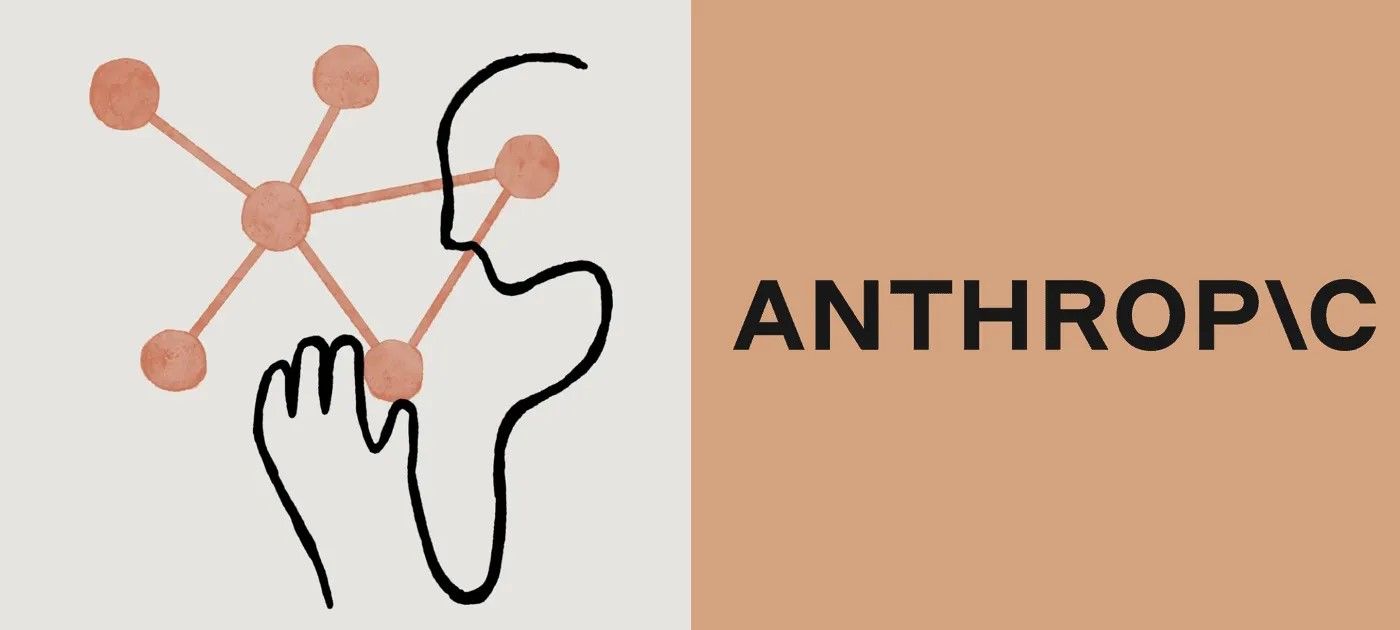- <h2>Introduction</h2> <p>AI safety: Anthropic updated its usage policy for Claude to address growing safety concerns, explicitly banning assistance in developing high-yield explosives and CBRN (chemical, biological, radiological, nuclear) weapons, while strengthening defenses against cyber misuse. This piece summarizes the main changes, operational challenges, and practical steps organizations should take to align policies and controls with the update.</p>
<h2>Context</h2> <p>Anthropic’s revised policy moves from a general prohibition on harmful systems to enumerating specific threats such as high-yield explosives and CBRN weapons. The company also rolled out technical protections labeled “AI Safety Level 3” with the Opus 4 model, aimed at making models harder to jailbreak and limiting assistance that would facilitate dangerous weapon development.</p> <h2>The Problem / Challenge</h2> <p>Agentic capabilities — for example, tools that allow Claude to control a user’s computer or embed into developer terminals — introduce new vectors for scalable abuse, including automated malware creation, exploitation, and denial-of-service tools. These capabilities can amplify traditional cyber threats and require updated governance to avoid large-scale harms.</p> <h2>Solution / Approach</h2> <p>Recommended actions fall into three areas:</p> <ul> <li>Governance: update internal policies to reflect explicit bans on CBRN and high-yield explosives and to clarify consumer vs business high-risk scenarios;</li> <li>Technical controls: adopt measures similar to AI Safety Level 3 — strict I/O constraints, monitoring of agentic behaviors, and abuse-detection systems;</li> <li>Processes and training: equip teams to detect suspicious prompts, set escalation paths, and define safe operating procedures for agentic features on critical infrastructure.</li> </ul> <h3>Operational rules</h3> <p>Practically, forbid using Claude to find or exploit vulnerabilities, create/distribute malware, design DDoS tools, or produce procedural guidance for CBRN agents. For recommendation use cases, apply context-specific risk assessments distinguishing consumer-facing products from internal business tooling.</p> <h2>Limits and residual risks</h2> <p>Enhanced policies and safety layers reduce, but do not remove, residual risks from jailbreaks, drift in integrations, or adversarial chains combining multiple tools. Continuous monitoring, log auditing, and clear developer accountability are essential to manage remaining exposure.</p> <h2>Conclusion</h2> <p>Anthropic’s policy update makes AI safety more concrete by naming CBRN and hardening defenses against agentic misuse; organizations should convert these signals into internal rules, technical safeguards, and training to mitigate emergent threats.</p> <h2 id="faq"></a><h2>FAQ</h2> <ul> <li><strong>How does Anthropic’s update affect AI safety in organizations?</strong> It clarifies prohibited uses (CBRN and high-yield explosives) and compels stronger technical controls for agentic capabilities.</li> <li><strong>What specific CBRN restrictions are introduced?</strong> The policy bans using Claude to develop, modify, or provide guidance on chemical, biological, radiological, and nuclear weapons.</li> <li><strong>How to mitigate agentic risks like Computer Use and Claude Code?</strong> Enforce least-privilege, implement action monitoring for agents, and set strict escalation protocols for suspicious behavior.</li> <li><strong>Does the policy change handling of political content?</strong> Yes — it narrows political restrictions to deceptive or disruptive activities affecting democratic processes and voter targeting.</li> <li><strong>Which technical controls should teams prioritize?</strong> Input/output restrictions, rate limiting, anomaly detection, agent isolation, and continuous auditing of activity logs.</li> </ul>
